




AVEL TV’s frequency response
Frequency response describes how accurately the system reproduces each frequency of audio content in terms of amplitude.
Why does it matter? – It is important to measure frequency response to understand what each TV can provide sound wise.
We measured the frequency response of AVEL TVs between 20 Hz and 20 kHz at a sound pressure level of 70 db. You can see the results in the graphs.
How did we measure? We measured the speaker response of our TVs using DBX RTA-M microphone, which is designed for measuring speakers in spacious rooms. The process was as follows: we placed the microphone 1 m away from the TV speakers, connected the laptop to the TV, and then the “Room EQ Wizard” program ran “Sweep Tone” from the TV speakers. “Sweep Tone” makes the sound that is heard at all frequencies from 20 Hz to 20 kHz, then “Room EQ Wizard” calculated the level of each frequency and plotted it on the graphs below.
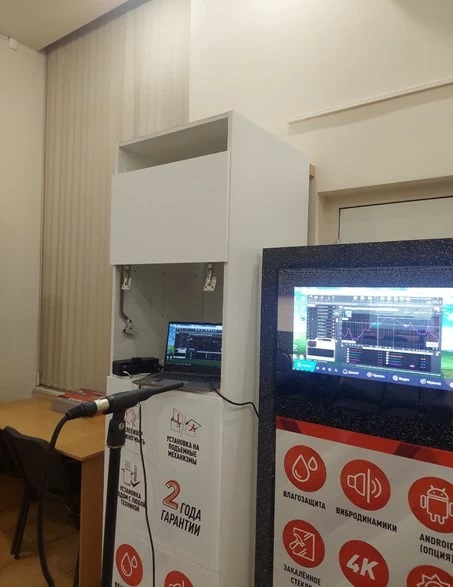
What did we compare with? We decided to compare AVEL TV speakers with the flagship Samsung Q80 and LG C1 home TVs. The graphs below show the speaker frequencies of these models. The low frequencies of the speakers in the Samsung Q80 TV start at 80 Hz and then increase in level at 110 Hz. LG C1 TV has a smoother picture, but the level of low frequencies is not so high. The middle frequencies do not differ much between the TVs, but the LG C1 has a very sharp rise in the high frequencies.
Samsung Q80

LG C1

AVS240KS (vibration speakers)

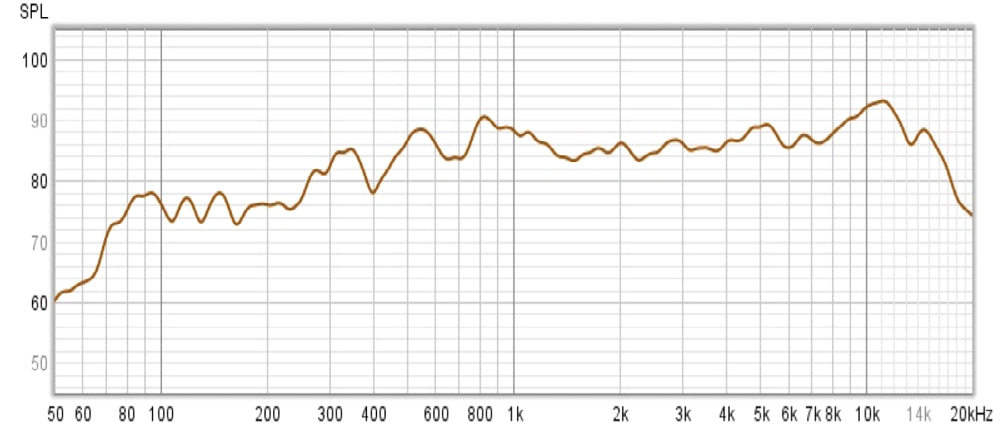
On this graph we can see that the AVS240KS TV speakers have a rather flat frequency response with two small dips around 200 Hz and 5.5 - 6 kHz. Our measurement did not show any other sharp rises or dips. Bass frequencies do not have any pronounced rise, and we can say that the speakers of the TV set are oriented to the middle frequencies. Comparing it with the above graphs of Samsung Q80 and LG C1 TVs, we can say that Samsung has more low frequencies and LG has slightly more high frequencies, but AVEL AVS240KS has a more balanced sound in the whole frequency range
AVS325KS (vibration speakers)

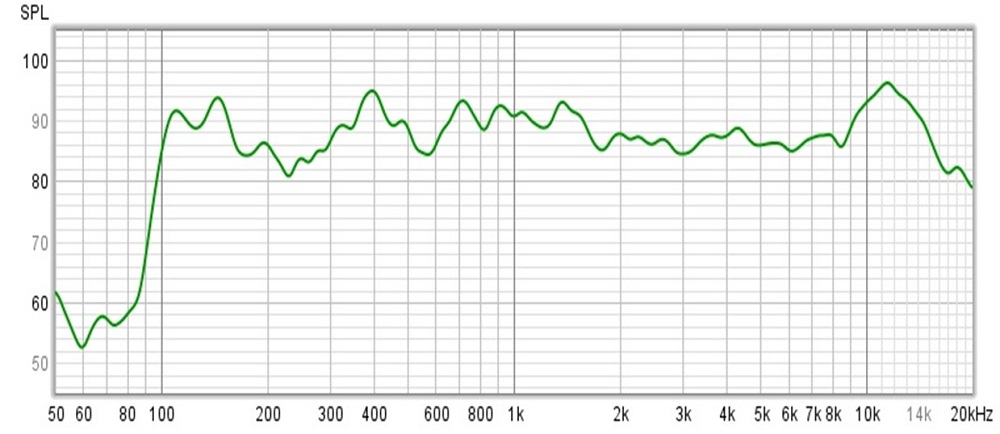
In this graph we can see that the AVS325KS TV has bass frequencies starting from 100 Hz, and the frequency response is quite uniform, and there is a pronounced rise at 12 kHz. The graph is similar to that of the Samsung Q80, except that the Samsung has a rise in the low frequencies, while the "bottom" of this TV is similar in amplitude to other frequencies. Such frequency response is a characteristic of speakers with a balanced sound throughout the entire range.
AVS240WS (conventional speakers)

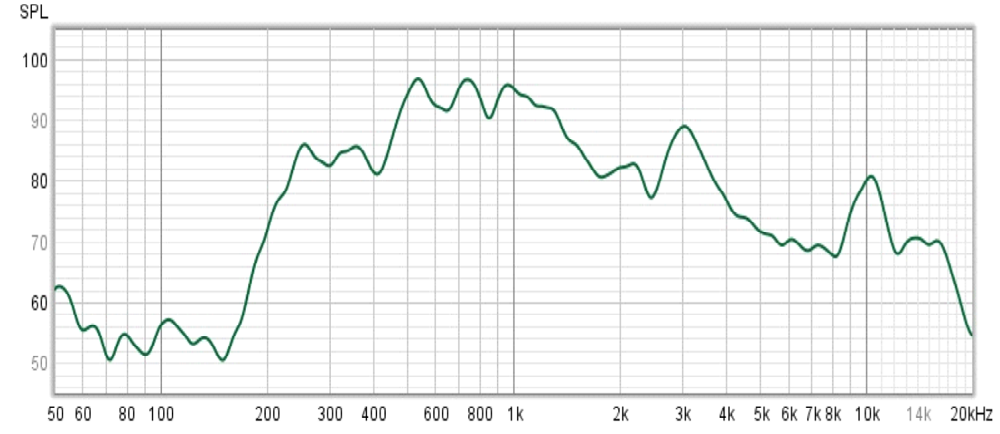
In this graph, we can see that the AVS240WS has less “lows” and “highs” than previous models. There is a dip in the bass at 200 Hz, and the treble is lower in amplitude up to 8 kHz, but beyond that we can see a boost. Its sound is perhaps less pronounced in the “highs” and “lows”, but, overall, the sound is more balanced. Comparing it with the flagship TVs, we can conclude that Samsung Q80 has more bass, and C1 has something similar to this TV: not so pronounced low frequencies, a slight dip in the mid-highs and a return in the high frequencies.
AVS2404BM (conventional speakers)
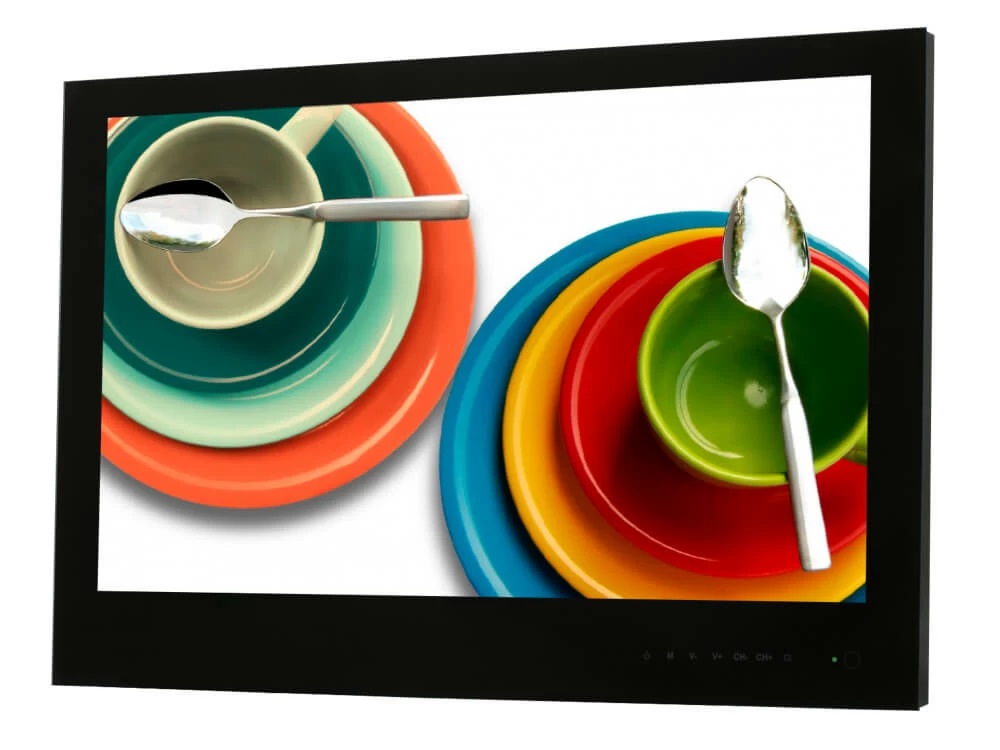

In this graph we can see that the AVS2404BM has a pronounced midrange and attenuated low and high frequencies. The frequency response can be compared to the LG C1 speakers, showing a slight rise at 8 kHz in the LG C1 and at 10 kHz in the AVS2404BM.
Comparison of AVS240KS and AVS240WS
Why do we need this comparison? These two models are the same size TVs, the only difference is the speaker system: the AVS240KS has built-in vibration speakers, while the AVS240WS has standard TV speakers.

AVS240KS – yellow, AVS240WS - green
As we can see, AVS240KS has a flatter frequency response in comparison with AVS240WS, bass starts to sound earlier, and at the “highs” there is no dip in amplitude. From this we can conclude that vibro-speakers create a more even and smooth frequency response, which is an advantage of vibro-speakers over conventional ones. That is, TVs with vibration speakers have deeper bass and more balanced sound compared to traditional compact speakers, which are built into the vast majority of modern TVs.
RESULTS
To summarize, we can say that vibration speakers show better frequency response performance than conventional TV speakers. Thus, the unique solution implemented in AVEL TVs - the use of vibration speakers, initially introduced for moisture protection and aesthetic appearance, has also had a great impact on the sound capabilities of the TVs. Compared to the traditional compact speakers used in most modern household TVs and even in premium series TVs, the vibration speakers' frequency response stands out as more even, which means that the sound will be more balanced in the whole range available for human perception.







